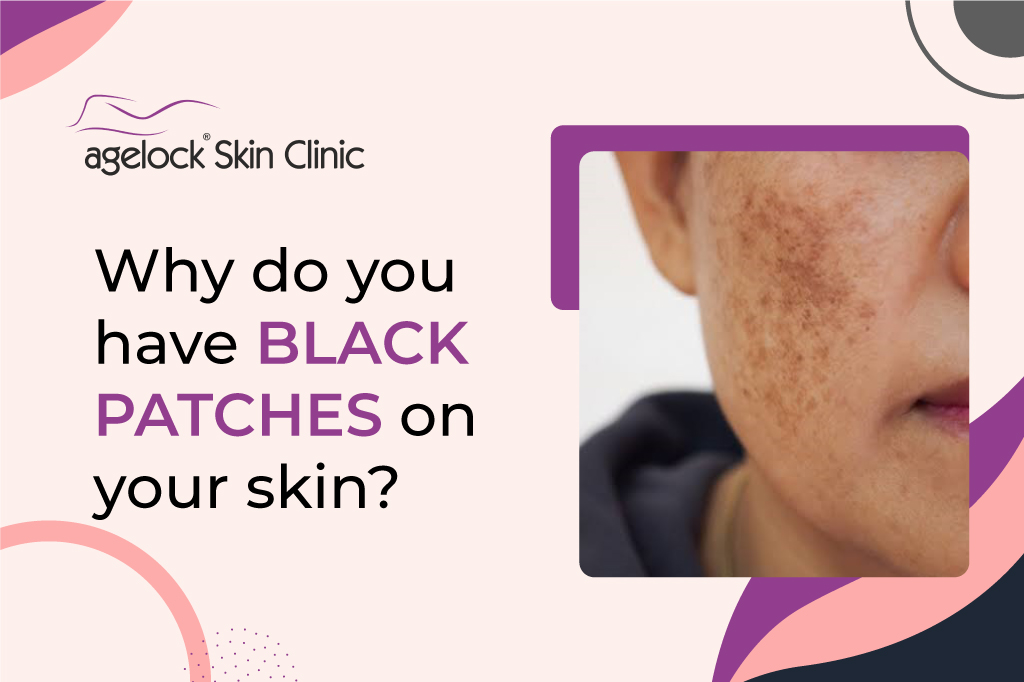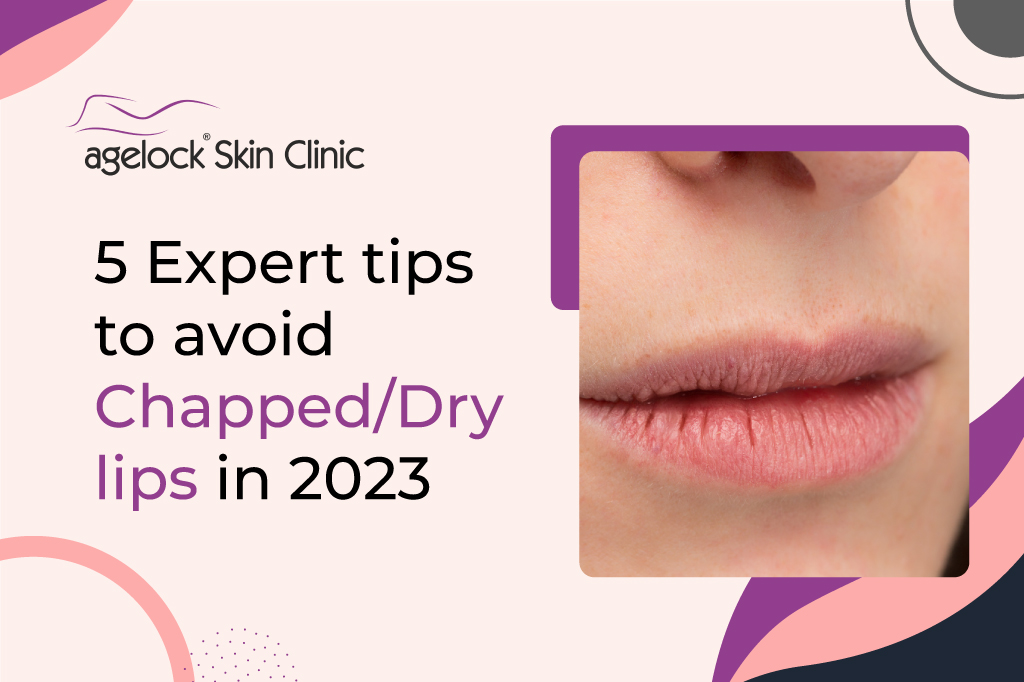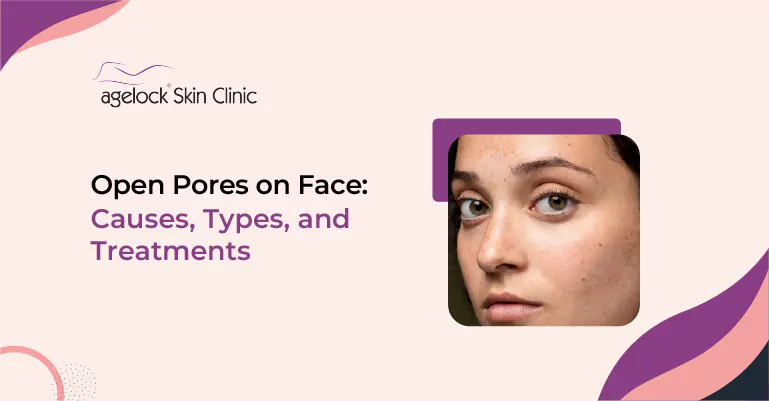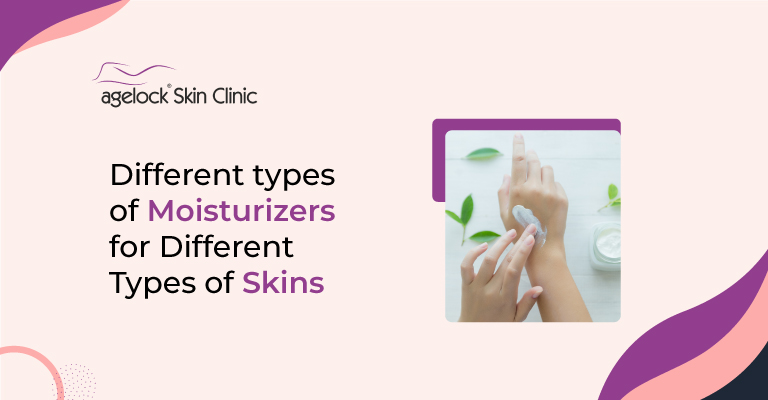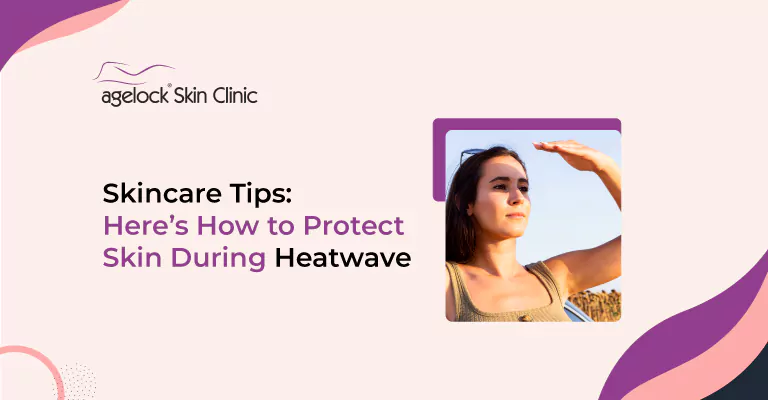Strawberry legs, characterized by small dark spots on the legs resembling the seeds of a strawberry, is a common cosmetic concern. While not a medical condition, it can be bothersome for those affected. This article will explore the causes of strawberry legs, available treatment options, and preventive measures to maintain smooth and blemish-free skin.
Understanding Strawberry Legs
Strawberry legs refer to the appearance of small black or darkened spots on the legs, resembling the texture and coloration of a strawberry. The condition occurs when hair follicles become clogged with dead skin, oil, and bacteria, resulting in a rough and bumpy appearance. Shaving, dry skin, and genetics are among the primary factors contributing to the development of strawberry legs.
Causes of Strawberry Legs
- Shaving – Shaving removes hair at the surface, leaving the hair follicles open and vulnerable to clogging. Improper shaving techniques, such as using a dull razor or not moisturizing adequately, can exacerbate the condition.
- Dry Skin – Insufficient moisture can lead to dry and flaky skin, causing dead skin cells to accumulate around the hair follicles and contribute to clogging.
- Genetics – Some individuals may be more prone to strawberry legs due to their genetic makeup, which affects the structure and function of their hair follicles.
Treatment Options
- Exfoliation – Regular exfoliation using a gentle scrub or exfoliating brush can help remove dead skin cells and unclog the hair follicles. However, it’s important not to over-exfoliate, as it can cause skin irritation.
- Moisturization – Keeping the skin adequately moisturized is crucial to prevent dryness and flakiness. Opt for a non-comedogenic moisturizer that won’t clog the pores.
- Hair Removal Techniques – If shaving is the preferred method of hair removal, ensure the use of a sharp razor and a moisturizing shaving cream or gel. Alternatively, consider other hair removal methods like waxing, laser hair removal, or depilatory creams.
- Topical Treatments – Over-the-counter creams or lotions containing salicylic acid or benzoyl peroxide can help reduce inflammation and unclog the hair follicles. However, consult a dermatologist before using any products, especially if you have sensitive skin.
Prevention Measures
- Proper Shaving Techniques – Use a sharp, clean razor and shave in the direction of hair growth to minimize irritation and ingrown hairs. Regularly replace razors to prevent dull blades.
- Moisturize – Apply a moisturizer to your legs daily to keep the skin hydrated and prevent dryness and flakiness.
- Avoid Harsh Products – Refrain from using harsh soaps, body washes, or exfoliators that can strip the skin of its natural oils and cause further dryness.
- Wear Breathable Clothing – Opt for loose-fitting clothes made from breathable fabrics to allow the skin to breathe and reduce friction.
- Seek Professional Help – If strawberry legs persist despite home remedies, consult a dermatologist who can provide personalized advice and recommend suitable treatments.
Conclusion
Strawberry legs can be a source of self-consciousness, but with proper care and treatment, it is possible to achieve smoother and more even-toned skin. Regular exfoliation, moisturization, and adopting appropriate hair removal techniques are key in preventing and managing the condition. Remember, everyone’s skin is unique, so what works for one person may not work for another. If strawberry legs persist or worsen, seeking professional guidance is recommended to address any underlying concerns and develop an effective treatment plan.









